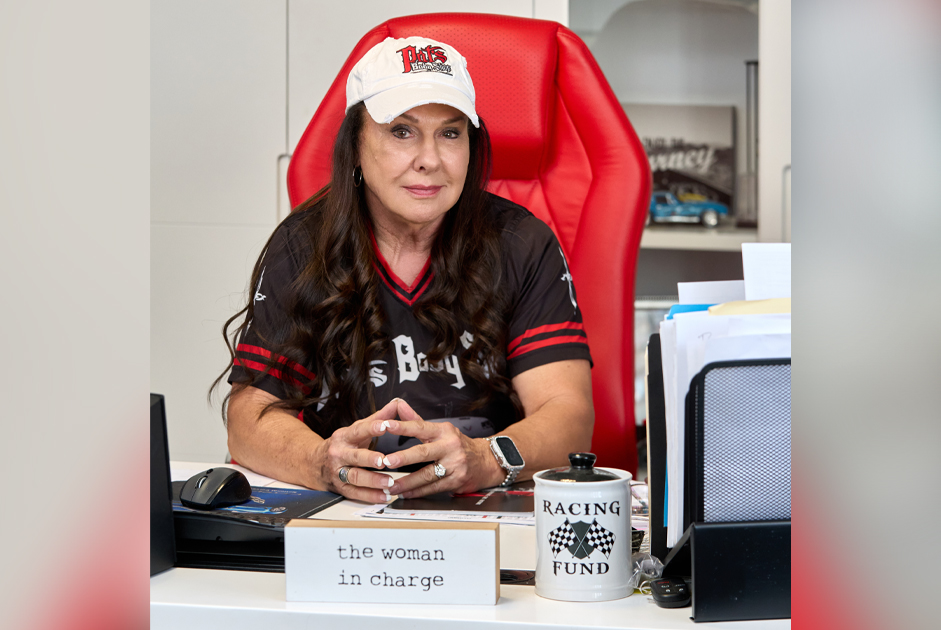First spoken about in a 1991 commencement speech at Georgia Tech by the former CEO of Coca-Cola, Bryan Dyson, the Glass Ball theory was first known as the “Five Balls of Life”. Dyson said there are five balls in life that you juggle which represent work, family, health, friends, and spirit. He continues to elaborate that the work ball is rubber, and therefore will bounce back if dropped. The other four balls, family, health, friends and spirit, are glass and as such will shatter if dropped.
This is a great sentiment on prioritization, but I would argue that there needs to be more flexibility within the glass ball theory. The writer Nora Roberts discussed it in an interview as a response to the ever dreaded question on how she managed her career and having children. Roberts had the same basic theory as Dyson, but without the strictness of only having five balls and setting concrete assignments to the balls.
Flexibility within the glass ball theory often looks like acknowledging that life categories can change in what type of ball they are depending on the circumstance and timing. There are obviously many times when family is the biggest of the glass balls, but there are also times when certain aspects of family make it a rubber ball that it’s okay to briefly drop in order to catch a health ball, or even a work ball.
As working women, and mothers, we are constantly expected (by ourselves as well as others) to juggle multiple things at once, and it is often too much to bear at once. This is why it is so important to identify which aspects of our lives are glass balls and which are rubber balls. If we drop a glass ball, such as signing your child up for summer care, it is a big mess to clean up and deal with. However, if we focus on that glass ball and drop a rubber ball, such as remembering to pick up milk from the store on your way home – the rubber ball is much easier to deal with. Sometimes we need to remind ourselves that dropping rubber balls is needed on occasion in order to preserve the glass balls.
How do we identify what is a glass ball and what is a rubber ball? This is obviously a very personal designation but an easy way to gauge whether something is a glass ball or a rubber ball is to consider the outcome of what would happen if it is dropped. Would there be serious consequences or fallout if this particular thing didn’t get done? Then it’s a glass ball. If the fallout would be less severe, or more of a slight annoyance, and there’s an easy fix to it – then it is a rubber ball.
An important thing to note is that what is and isn’t a glass ball will change throughout your life. Many times these changes are gradual and happen over large spans of time. When you’re in your early 20s and focused on building your career, a glass ball could be work, and a rubber ball could be your home life. In ten years when you’re established in your field, you may find that the work glass ball has shifted to be rubber, whereas you now have a family who is glass.
Even within this example you may find that there are quick switchbacks between glass and rubber. There are sometimes when professional items need to come first for small periods of time – such as when you have a tight deadline. The most important thing we can learn from the Glass Ball Theory is that sometimes we can’t do it all and need to prioritize – and that is okay.



















